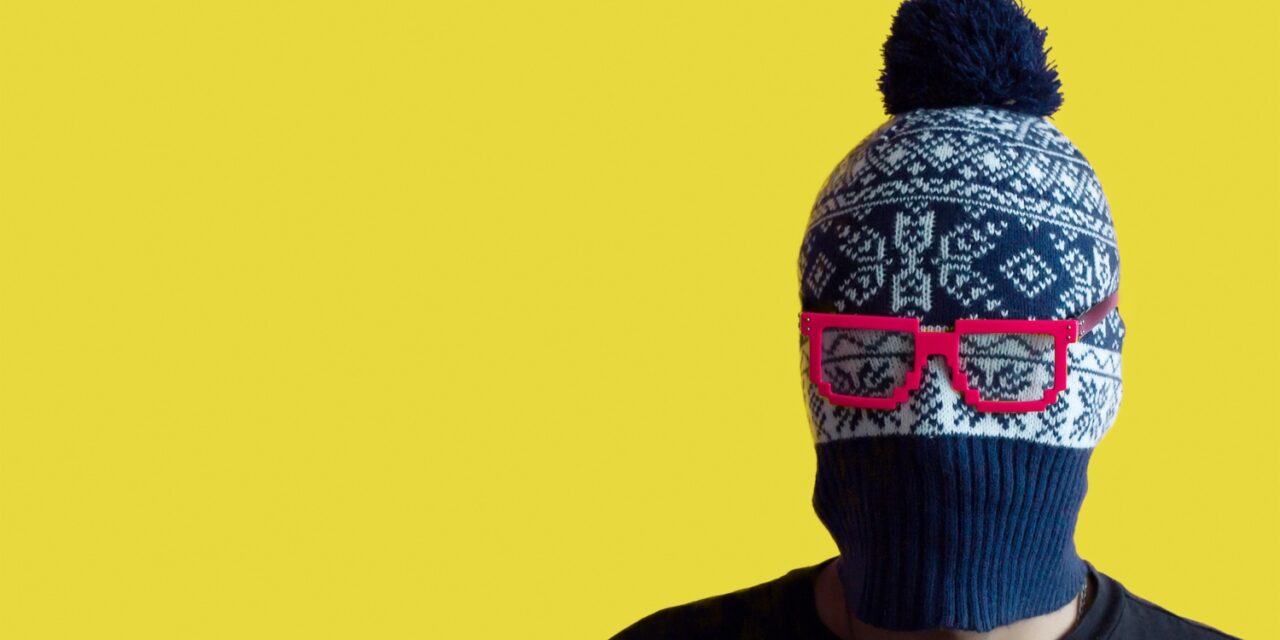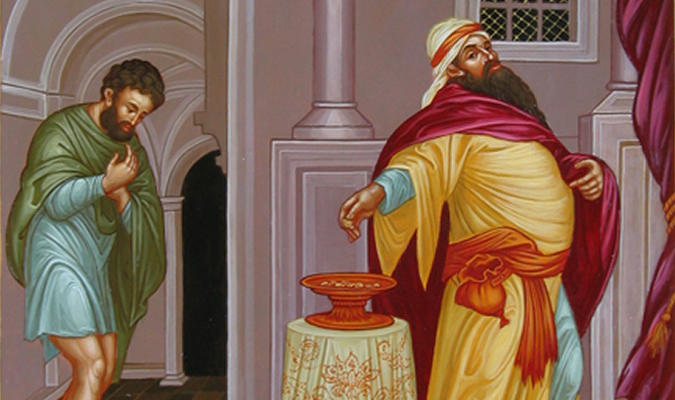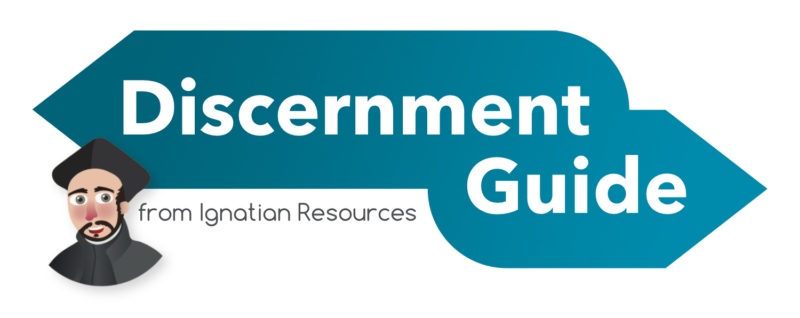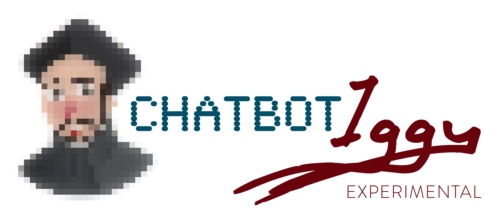There is a part of each of us that is sometimes known as our “shadow side” or “the false self”. It’s the part of you that passes judgement on others, tries to protect your ego at the expense of others, and makes you anxious about little things or nothing at all. It convinces you that you are right and have all the truth, dismissing any wisdom others may have. It discounts the real experiences of others and tries to convince you of your own superiority. At other times it may try and convince you that you are not loved or that others just don’t care about you. We might also call this the evil spirit or the ego. Eckhart Tolle calls this the pain-body. He writes, “It will feed on any experience that resonates with its own kind of energy, anything that creates further pain in whatever form: anger, destructiveness, hatred, grief, emotional drama, violence, and even illness.”
It’s Not You
That is what the false self thinks it needs to be. And you identify with it so much that you think it’s you. The path to wholeness is recognising that the false self is not you. There are psychological benefits with disidentifying from our anxiety and pain because the problem is that we identify too much with it. We think it’s who we are. Ignatius was good at externalising the evil spirit. The Christian tradition does it too by personifying it as Satan or the Devil. I’ve warned before, however, that we can’t externalise the evil spirit so much where we take no culpability for our actions. But, when we are blind to the evil spirit or to that false part of us, we make excuses and blame Satan or Original Sin and never do the work to become less blind to the false self.

Disidentifying
A helpful approach is to simply recognise this as the un-matured part of ourselves, not to identify with it so much, and to see it compassionately. One Ignatian metaphor speaks of the evil spirit like a child. We tend to be more compassionate and patient with a child’s mistakes than we are with a grown-up’s. Can we look at that shadow part of ourselves like a child who is still learning and needing to mature? Sometimes it throws a tantrum or says something inappropriate or pushes your buttons. It’s the reptilian part of ourselves that must be reactive. This can be helpful when we need to react quickly or are in danger, but from day to day it’s normally not necessary.
I have found this disidentifying one of the most helpful practices in times of stress or when I notice myself in judgement-mode. I’ve actually given that false self part of me a name, Mollie. When I notice an anxious or judgemental thought I attribute it to Mollie and I speak to her compassionately, as if she were a child. I want teach her love and how to give others the benefit of the doubt. When I separate the false self from me and give it a name, I begin speaking from my true self. I can speak from a place of kindness, love, openness, and trust in the good intentions of others. This practice helps me remove the false self mask and lets the true self underneath do what it does best: love. At times I may need to ask Mollie to stay in the corner of the room so she can witness how the mature true self works. Or I may ask her to remain in an entirely other room. At times I may find that she sneaks back in and clings to me like a child clings to her parent’s leg. And when she she does I don’t push her away but embrace her lovingly, still acknowledging that she is her own being—Just as a child is in many ways part of his or her parent, yet separate. A mature parent must not over identify with their child, falsely assuming they have full influence over who their child is. We don’t throw our whiney children out of our lives nor do we cling to them. Rather, there must be a healthy detachment, recognising that our role as parents is to teach and love while knowing our child is their own person. Can we shepherd our false selves in this way?
The false self is good at convincing us of false narratives and untruths. When we can disidentify with these false stories and judgements and anxieties, our true self emerges and things soften. We slowly see the larger truth of love and compassion emerge. We begin to take a contemplative stance that sees the whole, not the minutiae through a microscope. We see the good in ourselves and others, not just the imperfections others are struggling with in their own ways. At the same time we can compassionately recognise that others are also over-identifying with the false self, the ego, the pain body, the evil spirit… We’re all journeying together. Let’s do it with love and compassion.
Related posts:
Listen to the podcast version of this post…









My shadow side is called Patti ! Happy to know others name theirs, too ! This is a great reflection !